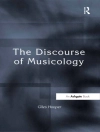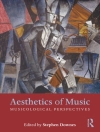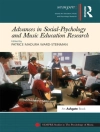An approach which includes sight-reading in daily practising at an early stage. Instead of dry exercises, these editions focus on the use of idiomatic melodies. This is how sight-reading is meant to be – FUN!
İçerik tablosu
Preface – To the pupil: why sight-reading? – Section1: Notes G, A and B – Solos – Duets – Accompanied pieces – Section 2: Notes G-D and slurs – Solos – Duets – Accompanied pieces -Section 3: Notes low F# and high C# ; dotted rhythm – and performance directions – Solos – Duets – Accompanied pieces – Section 4: Notes low D to high E; 3/8 and 6/8. – Solos – Duets – Accompanied pieces – Section 5: Notes low C to high F# ; 5/4 and trills – Solos – Duets – Accompanied pieces – Section 6: Notes high and low Eb / D# , Ab / G# and – Bb , chromatic phrases an the alto – recorder – Solos – Duets – Accompanied pieces – Section 7: Notes high G (soprano) and high D – (alto) – Solos – Duets – Accompanied pieces – Glossary
Yazar hakkında
John Kember studied at Trinity College of Music, London and has enjoyed a varied career in both performing and academic spheres, ranging from teaching in schools and privately, to working as composer, arranger, pianist and conductor in Concert Halls, theatres and recording studios. Currently John is working on a number of new and exciting projects for both publication and performance. He has a busy private teaching practice in south east London and teaches for Kent Music School and the Kent Centre for Young Instrumentalists in Maidstone. John was an examiner for the Associated Board of the Royal Schools of Music from 1989 until 2005












